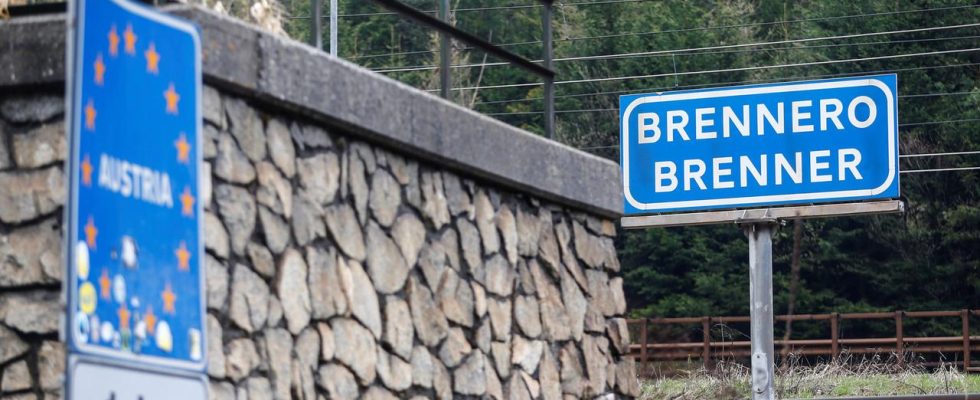Deutsche Bahn is planning to build a new route between Munich and Kufstein. But there has been resistance for a long time. Not only the costs of the project are reminiscent of Stuttgart 21.
In transit traffic between Italy and Germany, a growing number of trucks have been struggling to cross the Alps at the Brenner Pass – the high crossing point between Austria and Italy. René Zumtobel, Provincial Councilor for Transport in Tyrol, explains that this route is busier than all the Alpine passes in Switzerland and France combined. That’s why Italy and Austria are building the longest railway tunnel in the world: the Brenner Base Tunnel. The work has been going on for 15 years and it is scheduled to go into operation in 2032. Then the traffic here should be similar to that in Switzerland: mostly underground by train.
In order for trains to get from Germany to Innsbruck, construction also has to take place in Bavaria. As early as 1994, Italy, Austria and Germany had therefore concluded the “Treaty of Munich”, the basis of the project. Austria has already upgraded most of the route up to the German border into a high-speed line. In Germany, however, there are only plans so far. For this, the Bundestag would first have to decide on the financing, then the plan approval procedure would follow. Completion is not expected until long after the Brenner Base Tunnel. But if it is up to affected residents, then never.
Critics are against the construction of new routes
Gerhard D. Müller worked as an engineer for Deutsche Bahn (DB) for 40 years and, as director of the Federal Railways, was responsible for planning the route around the turn of the millennium. He criticizes the current plans for the north burner project. Müller is surprised that the DB wants to implement the most complex of all the tested variants.
According to the current plan, a high-speed line upgraded for 230 kilometers per hour is to run from Grafing near Munich past Rosenheim to just before Kufstein. What people don’t understand is that freight trains usually only travel 120 kilometers per hour. Why does a route that is primarily intended for freight traffic have to be built as a race track?
In addition to freight traffic, passenger trains are also to run on the line. For up to now eight daily passenger trains from Munich to Verona or back, the Brenner tunnel has reduced travel times by almost an hour. According to the critics’ calculations, the new line in Germany would only save a good six minutes.
New routes must be faster
In fact, the Austrian Federal Railways (ÖBB) run significantly more passenger trains between Kufstein and Rosenheim, which then turn towards Salzburg from Rosenheim and bypass some Alpine ridges on this Bavarian route. The ÖBB would like to drive faster here. However, the DB planned its new route in such a way that these Austrian trains could only use a few kilometers of it and would have to continue on the old route. So why do you need an expensive, complex high-speed route that only makes a few trains faster?
The DB argues that the construction of a high-speed line is politically desired. The Federal Ministry of Transport adds that it has been agreed in Europe to plan new routes as high-speed routes. But is that enough to justify a major project costing up to ten billion euros? DB further argues that the existing route would not be sufficient for the number of freight trains planned for the future.
The Federal Railway Director Müller, who was previously responsible for planning, contradicts: According to him, 180 trains are now running on the line every day. Years ago, this section was expanded for up to 300 trains. With additional sidings, it could even handle 400 trains, he estimates. And that would be more than is forecast for the period after 2040.
There is a threat of a bottleneck in Bavaria
At the same time, traffic planner Martin Vieregg, who specializes in railway lines, points to another problem. In future, four tracks will lead from Rosenheim in the direction of the Brenner Pass and two more in the direction of Salzburg. But everything that is to run on these six tracks must first fit on the previous two tracks between Munich and the start of the new line. Because nothing is being built there. There is a risk of a bottleneck, which would lead the purpose of the new line ad absurdum.
Critics of the project are confident that you can prevent the new line. At the latest when the plan is approved, the DB must prove that there is no sensible alternative to cope with the traffic. It is said that the DB will fail because of this.

